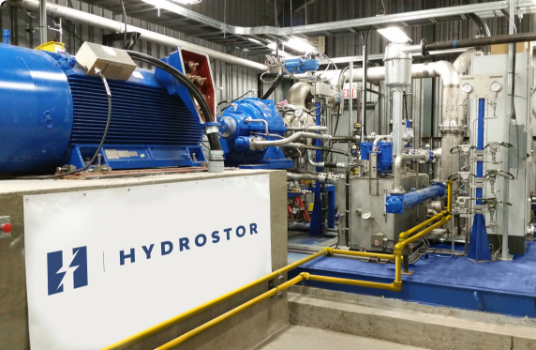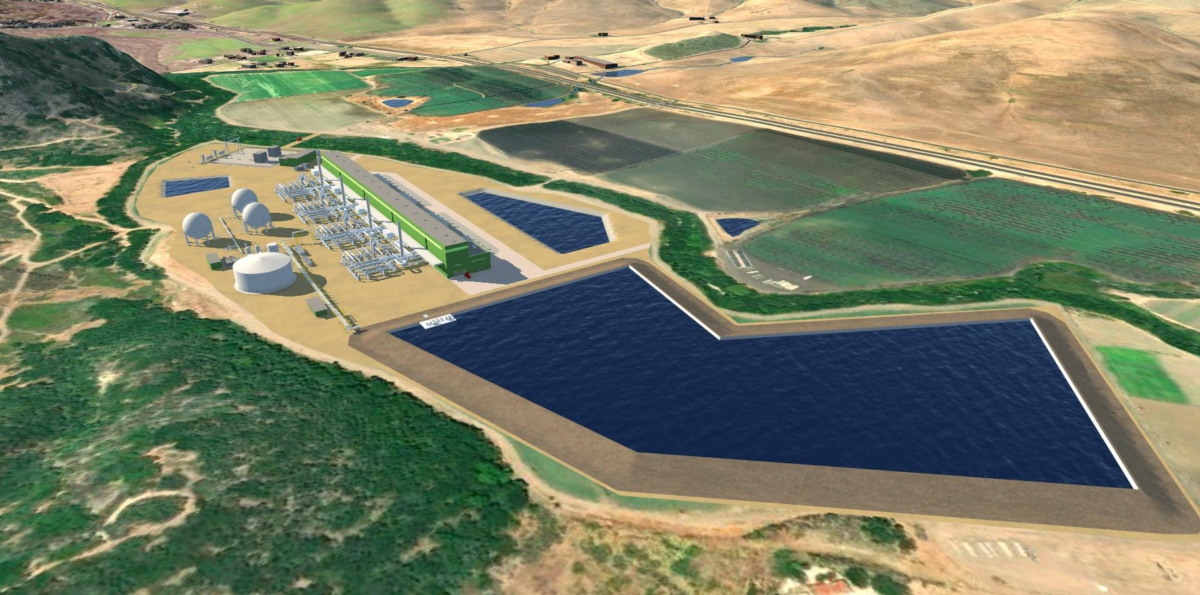An affiliate of Hydrostor filed an application for a 400 MW / 3200 MWh long duration energy storage (LDES) project with the California Energy Commission (CEC). Hydrostor deploys compressed air energy storage, a technology that is able to store and dispatch energy for long durations.
As the region’s 2,200 MW Diablo Canyon Nuclear Power Plant is set to retire in 2024/2025, the LDES project has a target for commercial operation date as early as 2026. The project is expected to have a capital investment of around $800 million.
LDES technologies are viewed as important components in an evolving grid that features a growing share of renewable energy. They provide reliability services, and are hailed for their synergies with the weather-driven generation cycles of renewables.
Hydrostor’s technology features a four-step process for storing and dispatching energy. It first compresses off-peak or surplus energy from the grid, producing heated compressed air. Then, the heat is extracted from the air stream, and stored inside a thermal store, preserving the energy for later use. The compressed air is stored in a tank that uses a process called hydrostatic compensation to maintain constant pressure during operation. When the energy needs to be dispatched, pressure forces air to the surface, where it is then recombined with heat, and sent through a turbine, producing dispatchable electricity.
 The company said its technology has a 50 + year system life, uses no toxic materials, is emissions-free, and can provide rotational inertia in support of grid stability.
The company said its technology has a 50 + year system life, uses no toxic materials, is emissions-free, and can provide rotational inertia in support of grid stability.
The plant, named the Pecho Energy Storage Center, will be able to deliver 400 megawatts of electricity for 8 hours, and will be comparable in physical size to some of California’s largest fossil fuel power plants. It is planned to interconnect at an existing 230 kV PG&E Morro Bay Switching Station, strategically located to serve California’s central coast.
The Pecho Energy Storage Center is expected to create 30 to 40 permanent, full-time jobs, and 200 to 450 labor jobs during construction.
In June, the CEC said it would procure 1,000 MW of LDES, with duration of eight hours or longer, to be activated between 2026-2028. LDES technologies are continuing to take stage in the climate discussion, with an international LDES council formed at the recent COP26 summit. The council projects a need for 85 to 140 TWh of global LDES by 2040 to meet decarbonization goals, which could entail an investment of $1.5 to $3 trillion.
This content is protected by copyright and may not be reused. If you want to cooperate with us and would like to reuse some of our content, please contact: editors@pv-magazine.com.









By submitting this form you agree to pv magazine using your data for the purposes of publishing your comment.
Your personal data will only be disclosed or otherwise transmitted to third parties for the purposes of spam filtering or if this is necessary for technical maintenance of the website. Any other transfer to third parties will not take place unless this is justified on the basis of applicable data protection regulations or if pv magazine is legally obliged to do so.
You may revoke this consent at any time with effect for the future, in which case your personal data will be deleted immediately. Otherwise, your data will be deleted if pv magazine has processed your request or the purpose of data storage is fulfilled.
Further information on data privacy can be found in our Data Protection Policy.